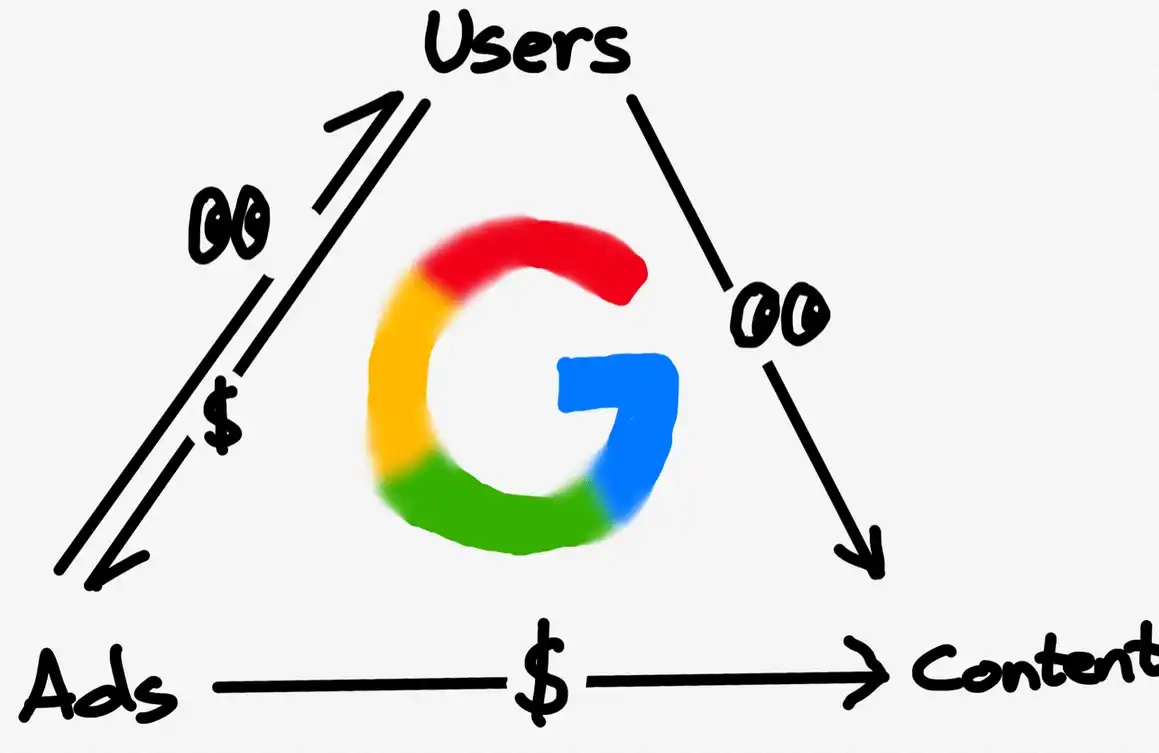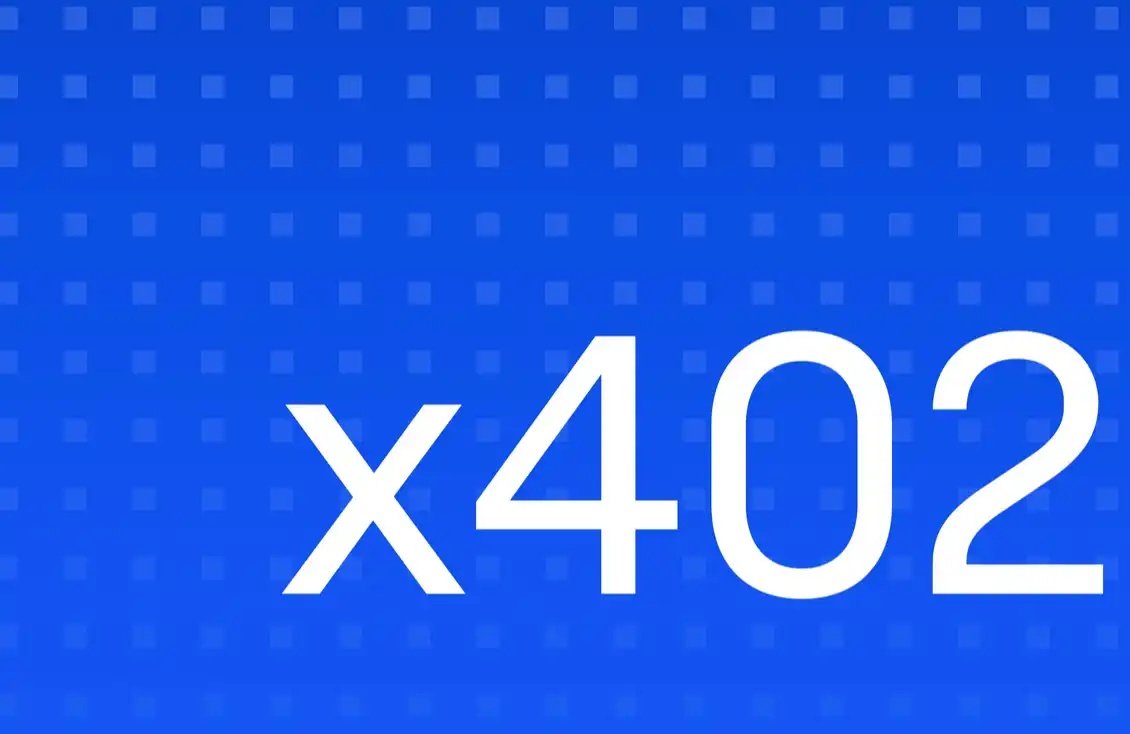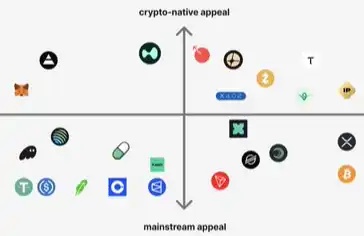Rune market starts, a must-read guide for beginners
Original text: "Navigating Runes Protocol Launch: Beyond the Initial Hype"
Original author: Ignas, DeFi Research
Compiled by: Ladyfinger, Blockbeats
Editor's note:
When exploring the upcoming launch of the Runes Protocol and its potential market reaction, we are facing an area full of uncertainty and contradictions. The launch of the Runes Protocol is expected to bring a wave of market enthusiasm, similar to the short-term boom period in other cryptocurrency and NFT markets. However, whether this boom will last remains to be seen.
Ignas analyzes in detail his short-term bearish reasons for the Runes Protocol in "Navigating Runes Protocol Launch: Beyond the Initial Hype", including the potential increase in Bitcoin transaction fees and the problem that Runes may not be able to significantly improve the existing trading experience technically. In addition, he discussed the factors that may lead to the long-term success of the Rune Protocol, including its potential for technological innovation, opportunities for token minting, and compelling storytelling.
Short-term bearish?
While the early market for Runes was very hot, assets including Runestone, RSIC, and PUPS were not only rising sharply, but holders also received airdrops of Rune tokens. New Rune tokens also saw strong initial performance during this period. However, after the JPEG was unveiled, the market cooled down like the NFT sell-off.
The first reason is that Bitcoin transaction fees have become too expensive, which is not conducive for traders with less capital to actively trade Runes. The second reason is that since both UTXO and BRC20 transactions are similar to NFTs, Runes may not significantly improve the trading experience of BRC.

The third reason is that the early UniSat and Ordinal wallet interfaces were identical to BRC20 in terms of both the number of tokens and the price of tokens traded in each transaction. Finally, because the number of newly issued Rune tokens will be ridiculously high, dozens or hundreds of new tokens will be minted every day at high gas costs, diluting traders' attention and the amount of capital inflow per token.
In terms of practicality, Runes are like BRC20, a meme coin. At least at first, the novelty will wear off, especially if no Rune tokens can sustain the rally and Degen loses money. Also, the Rune 0 (UNCOMMON-GOODS) set designed by Casey Rodamor himself is hard to come by because it can be minted freely for 4 years and is limited to 1 coin per transaction.
Still bullish on Runes in the long term
Soon after the Rune Protocol is released, the hype will cool down, and then there will be a big sale, and then the best opportunities will appear.
The first wave is excitement about shiny new things, usually from innovative technology or simple meme potential. Meme tokens are a bit like gambling, and the vast majority of meme coins rarely have a second wave. However, narrative speculation based on technological innovation is more likely to recover after the first wave of hype subsides.
Ordinal Inscriptions launched in December 2022. But the first wave came with the launch of BRC20 in May 2023. The rally of the freely mintable BRC20 soon fell, but as developers continued to build, the second and third waves came in late 2023.

We are now in the speculation period of the 4th wave of Runes. While many narratives did not survive the first wave (see ERC404 txs), I believe Runes will have a fifth wave, a sixth wave, and even more waves.
The reason is because multiple protocols are building infrastructure for Rune tokens, but it takes time to develop new DEX/markets. For example, Saturn is building a universal-looking DEX for Runes, but it will take time to make the user experience smooth. I will share more protocols below.
In addition to this, protocols aim to consolidate the BTCFi industry around a single development standard. Just like Ethereum does not have a unified ERC20 standard, tokens between Aave and Uniswap are not interchangeable. Before Runes, we had BRC20, CBRC-20, ARC-20, BRC-420, etc., which is the current situation of Bitcoin.
However, the reason why Runes Protocol is still optimistic in the long term is that it has grasped the three pillars of the booming crypto ecosystem. The success of any cryptocurrency ecosystem is inseparable from three key factors: innovative technology, token minting opportunities, and fascinating stories.
Technological Innovation
Runes Through technological innovation, it was once said that NFTs and tokens could not appear on Bitcoin. However, this round of Bitcoin NFTs has outperformed Ethereum's NFTs. ORDI is the first BRC-20 token on Bitcoin, and the trading price on Binance is as high as $1 billion. The magic is in converting fungible Satoshis into non-fungible Satoshis, when one Satoshi has an inscription on it, it is no longer equal to another Satoshi.
Token Issuance
Furthermore, token printing is one of the reasons we have crypto cycles. In every bull run, new tokens are created out of thin air and given insane valuations. Just like central banks can overprint fiat currencies. This over-issuance of tokens can cause bubbles in the market and eventually cause prices to crash.
However, token printing was reserved for smart contract blockchains like Ethereum or Solana. Until the Ordinals theory accidentally gave rise to BRC20. Due to the lack of smart contract functionality on the Bitcoin blockchain, BRC20 (and runes) tokens were able to be easily minted without forming any real value. In this environment, all BRC20 tokens essentially turned into meme coins.
While ORDI has gained market attention as the first BRC20 token, PUPS may have surpassed this stage and become a popular token widely recognized on the Bitcoin network. As the price of PUPS climbs, it attracts more investors, thus consolidating its market position.
The BTCFi ecosystem with its native token is gradually growing and developing over time, which is in stark contrast to memecoins and makes BRC20 and runes more attractive as tokens that grow in value.
Compelling Stories
Finally, storytelling is what makes both technical and symbolic models come alive, turning them into something people can relate to, believe in, and become a part of. For example, Bitcoin as an immutable NFT on the most secure and decentralized blockchain is a sexy story.
For example, Bitcoin as an immutable NFT on the most secure and decentralized blockchain is a sexy story. Also, Meme Coins on Bitcoin? That’s way cooler than Meme Coins on Solana or Ethereum.
What is Rune Protocol?
Rune Protocol was developed by Casey Rodamor, founder of Ordinals Theory, as a slam against BRC20. Casey doesn’t like BRC20, so we can expect that what Casey did with NFTs will be repeated with fungible tokens.
BRC-20 tokens are inscribed in Satoshis using JSON data (a text-based data format). They are more tradeable like NFTs than fungible tokens. For example, these tokens need to be "inscribed" (an on-chain transaction on BTC) before they can be sold or transferred. In addition, BRC-20 generates "junk" or "leftover" transactions that clog the network.

Runes use the UTXO model, which confuses everyone. Ethereum uses an account-based model, while Bitcoin uses UTXO (unspent transaction output) to track user status and balances.
For example, if you have 1 BTC worth of UTXO and want to send someone 0.3 BTC, the transaction will use the entire 1 BTC UTXO as input. The transaction will then generate two outputs: one that sends 0.3 BTC to the recipient, and one that returns 0.7 BTC (minus any transaction fees) to your address as two new UTXOs.
So technically, when you think "I own 1 Bitcoin", you should say: "I have some UXTOs that allow me to spend 1 Bitcoin" (this sentence comes from Alchemy). In the example above, when we use the 1 BTC UTXO as input, the UTXO will be "destroyed" and two new UTXOs will be generated: 0.3 UTXO to the recipient, and 0.7 UTXO (minus any transaction fees) to the user. And UTXO is like an NFT.
While each inscription (like BRC20) is unique, each Rune unit is the same. They are interchangeable tokens. We can transfer Runes just like we transfer regular Bitcoins, without having to inscribe BRC20 each time. In terms of Runes, a UTXO can now store 1 Bitcoin, 100 Rune Token A, and 50 Rune Token B as Runestones.
Tip: Create multiple UTXOs by sending the amount of BTC you are willing to invest per Rune to a new wallet. This allows you to invest in multiple tokens without waiting for the previous transaction to complete; or use Luminex.
Runestones are Rune protocol information that is stored in a Bitcoin transaction output when a user sends a UTXO.

Runestones - Rune Protocol Information - can include etching (deploying) new runes, casting existing runes, and transferring runes from one address to another. Etching is how the "etcher" casts a rune for the first time. The properties of a rune after etching cannot be changed.
Simple Terminology
Rune Number: Indicates the order in which runes were created, starting with "Rune 0", then "Rune 1", etc.
Rune ID: Generated based on the transaction block and position, such as "500:20". Runes can be cast by entering the Rune ID. For example, the RuniGun bot on telegram can cast runes by rune ID. Therefore, if the ID is known, there is no need to rely on third-party user interfaces to cast runes. The bot can be viewed here (disclaimer, I have no affiliation with the bot, just found it on X).

Rune Symbol: Rune $ , ⧉ , or
Welcome to join the official BlockBeats community:
Telegram Subscription Group: https://t.me/theblockbeats
Telegram Discussion Group: https://t.me/BlockBeats_App
Official Twitter Account: https://twitter.com/BlockBeatsAsia


 Forum
Forum Finance
Finance
 Specials
Specials
 On-chain Eco
On-chain Eco
 Entry
Entry
 Podcasts
Podcasts
 Activities
Activities
 OPRR
OPRR









